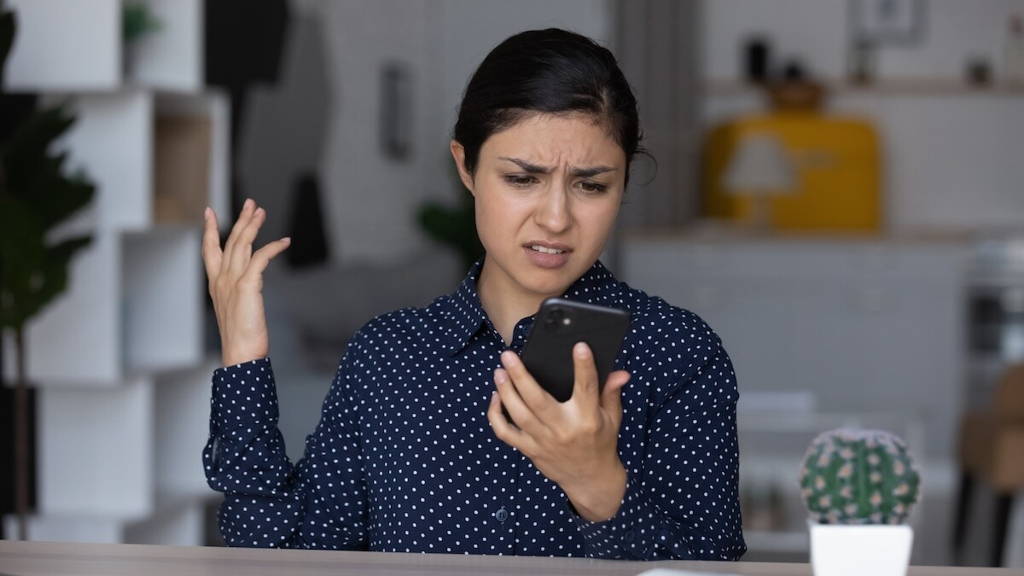Downloading an app that promises to reduce stress, improve sleep or alleviate anxiety: for millions of people, this sounds like an attractive solution. Mental health apps are presented as low-threshold, accessible tools, often even as a “therapist in your pocket”. However, in practice, the promise does not always match the experience. Where technology should bring relief, it can actually contribute to additional stress, frustration and a feeling of constant control.
Research shows that smartphone users receive dozens of push notifications every day. Mental health apps often send notifications that convey a sense of urgency: ‘You're losing your streak!’, ‘Your stress levels are rising, do an exercise NOW!’ or ‘What is your positive intention for today?’. On paper, these are intended as support, but in reality they are often a source of microstress. Especially at night or at unexpected moments, users are rudely awakened from their rest. Then the app misses its mark and actually has the opposite effect.
Psychologists point out that this effect has to do with the way our brain processes threats. Evolutionarily speaking, humans are wired for hypervigilance: at the slightest sign of danger, our ancestors reacted immediately, a crucial survival mechanism. Digital notifications exploit that same mechanism. When an app warns you that your stress level is rising, your body experiences an alarm signal, even though there is no actual acute problem.
From promise to burden
Initially, many users find these notifications helpful. After all, the app gives them a sense of control: ‘I can do something right away to reduce my stress.’ But research shows that this effect quickly wears off. Users describe frustration and irritation when notifications are repetitive or offer little variety. A common complaint is: ‘I felt like I had to keep doing the same thing, while I didn't notice any real progress.’
Moreover, constant monitoring can lead to the opposite effect: instead of distancing themselves from worrying thoughts, users become hyperaware of every physical sensation. This reinforces anxiety and makes the app part of the problem, rather than the solution.
Hot and cold framing
Communication science offers a useful framework for understanding this phenomenon. There is a distinction between “hot” framing (focused on urgency, emotion and alarm) and “cold” framing (focused on reflection, calm and nuance). Many apps use hot framing: red badges, vibrations, countdown animations or virtual flowers that wilt if you skip an exercise. This approach increases engagement, but puts pressure on users.
Cold framing is crucial for mental health. Cognitive behavioural therapy, a proven effective form of treatment, emphasises the importance of distancing oneself from anxious thoughts and creating space for reflection. An app that constantly emits alarm signals directly contradicts this principle.
Towards better design choices
The solution does not lie in writing off digital care, but in smarter design:
- Notification limits: Studies show that bundling notifications up to three times a day reduces stress and gives users more peace of mind.
- Opt-in monitoring: Let users decide for themselves if and when they want to track biometric data, instead of continuous measurements by default.
- Intentional friction: Small barriers, such as limited data refreshes or setting fixed check-in times, break compulsive use.
- Colour and language: Calm colours and gentle wording (‘When you're ready, you can try an exercise’) are much more effective than alarming notifications.
- Personal control: Apps should give patients more control over settings, timing and tone of notifications, so that the technology is supportive rather than burdensome.
Digital self-care
For users, this means that they should take a critical look at the digital tools they use. Does a notification really contribute to their well-being, or does the app mainly serve its own engagement statistics? The most radical step can be surprisingly simple: turn off notifications, only use the app on your own initiative and rely more on your own resilience.
Digital innovations have the potential to make mental health care more accessible and personalised. But only if they are designed with an eye for human psychology and the need for rest. Perhaps the greatest innovation is an app that knows when it is better to be silent.
In the Netherlands, ZN announced at the beginning of this year that it would provide financial support for three digital health apps. Apps that are easy for patients to use can prevent further use of healthcare. In this way, the apps help to provide appropriate care and enable hybrid care to be realised. We are working with GP associations LHV and NHG, industry association InEen and suppliers to find a structural solution so that scientifically proven health apps can be used on a permanent basis.









